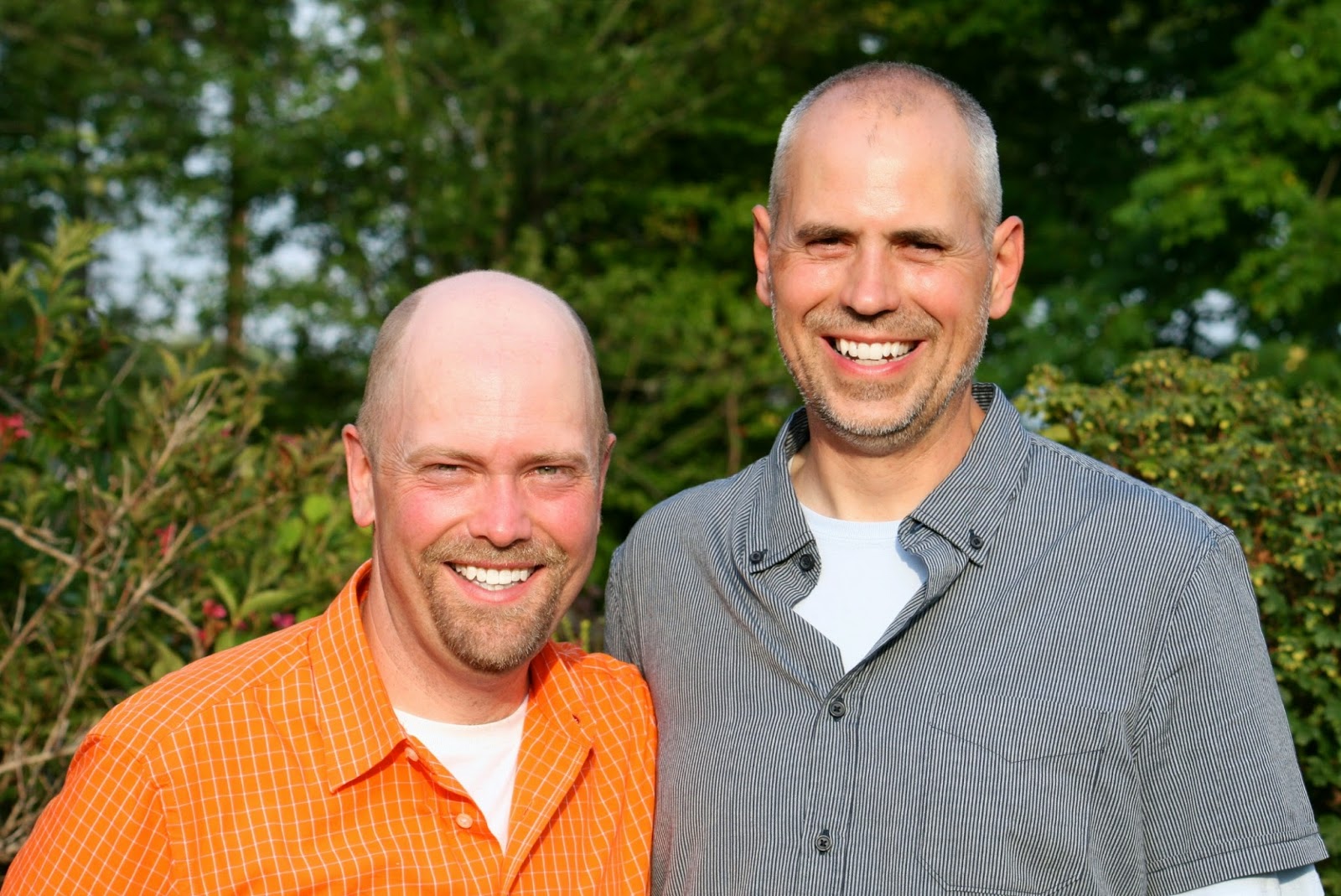SavingSpecies is a unique conservation organization, because of the way that we use science to drive our conservation decisions. We maximize our efforts by restoring forest connectivity, increasing species’ chances for survival and thriving. This focus keeps down costs while being extraordinarily effective for many species across the globe.
There are five steps in our model:
We use GIS and species mapping technology to identify the hottest of biodiversity hospots.
We search specifically for areas where we can reconnect forest fragments, creating wildlife corridors to increase habitat for the most rare and endangered species.
We research local organizations who know the country well and are able to negotiate land sales on our behalf.
We raise money from donors and grants to fund the land sales on behalf of the in-country organizations and to provide restoration measures.
We provide technical assistance and monitoring to measure how quickly the forest is recovering and to assure our donors that their funds are helping to save species–which can even be seen on Google Earth.
As you will see from our Golden Lion Tamarin Project in Brazil, we helped a Brazilian group to buy Brazilian land. The land was then turned over to Brazil’s national park service, to be protected in perpetuity. We also raised money to help save the bamboo lemur in Madagascar and hummingbirds and orchids in Colombia.
SavingSpecies also evaluates how much carbon dioxide will be “soaked up” by the land we help to purchase and restored. By supporting SavingSpecies our donors help us plant trees that take carbon dioxide out of the air, helping donors to be carbon neutral.
SavingSpecies provides the scientific information for donors know exactly who does what, where, and why it is important to do so. SavingSpecies solicits proposals globally that identify specific direct conservation actions with a high potential to directly prevent extinctions.
SavingSpecies monitors progress and shows donors the places we work using Google Earth. Then, we continue to show donors how the purchased lands recover, regrowing forests.
















































